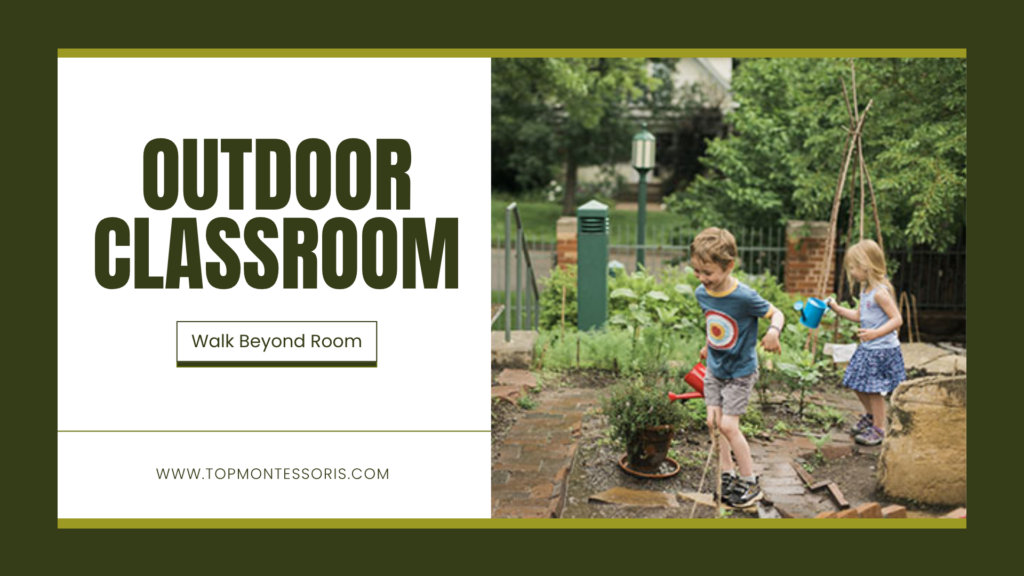Are your kids stuck indoors all day? Do they struggle to stay focused or connect with the world around them? Are you wondering if a traditional classroom is enough, or if it’s time to consider an outdoor classroom instead? You’re not alone. With attention spans shrinking and children craving more hands-on experiences, many educators are asking—how can we give kids more space, more freedom, and more meaningful learning? The answer is more straightforward than you think.
An outdoor classroom gives children the chance to explore, imagine, and interact with the natural world while still hitting critical educational goals. It’s a place where mud becomes math, sticks become science, and laughter becomes language. In short, outdoor classrooms aren’t just a trend—they’re a proven way to improve learning, creativity, and well-being.
Outdoor classrooms are not just about being outside. They’re about learning differently—through touch, sight, sound, and movement. Let’s dig into what makes them powerful and how to design one that works.
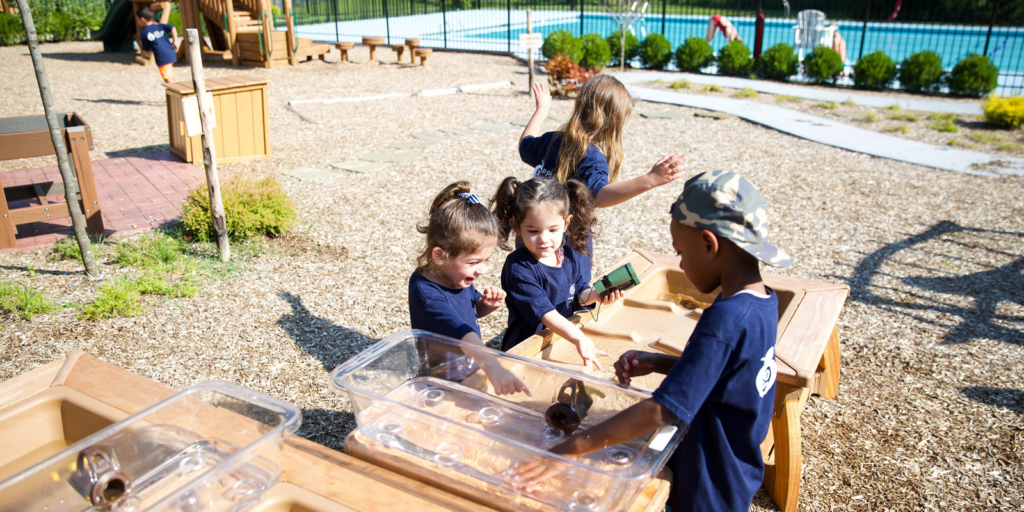
What Is the Outdoor Classroom?
An outdoor classroom is a structured learning environment purposefully designed in a natural outdoor setting. Unlike a typical playground, it’s not about free play—it’s about planned, curriculum-aligned learning outdoors.
Eric Nelson, author of Cultivating Outdoor Classrooms, defines it clearly: an outdoor classroom is an intentional extension of indoor learning, using natural elements—trees, rocks, water, wind—as tools to foster cognitive, emotional, and physical development. It’s not a break from learning; it’s a different, often more effective, way of learning.
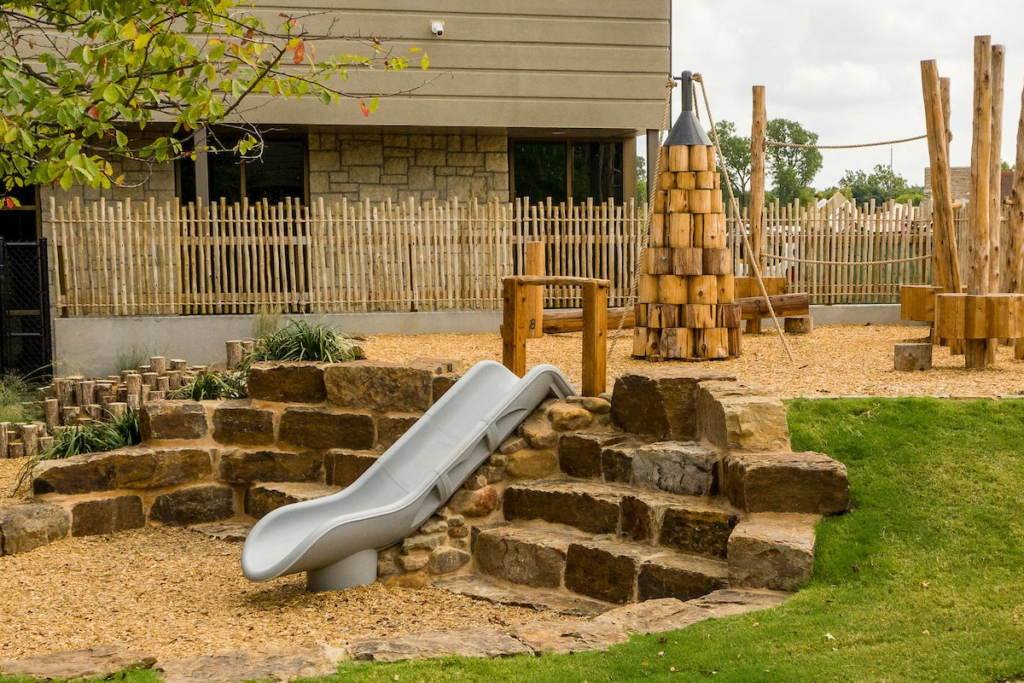
In a preschool outdoor classroom, children build math skills by measuring sticks, develop science thinking through insect observation, and expand language while narrating their exploration. Every element is designed to spark discovery.
For schools and kindergartens, especially those looking to blend Montessori or Reggio philosophies with outdoor education, an outdoor classroom for schools isn’t optional—it’s a modern must-have. It supports hands-on learning, child-led exploration, and a direct connection to the environment.
Benefits of Outdoor Learning
The benefits of outdoor classrooms go far beyond giving children fresh air. When structured correctly, an outdoor classroom becomes a high-impact educational environment, especially for preschool and kindergarten-aged learners.
Improved Focus and Engagement
Studies show that children who learn in natural environments demonstrate higher attention spans and stronger focus. Outdoor learning reduces overstimulation caused by artificial lighting and confined spaces. In our experience with international kindergarten clients, once a school implements an outdoor classroom design, teachers report fewer behavioral issues and more sustained attention during lessons.
Enhanced Physical Development
Unlike indoor settings, the outdoor classroom naturally supports gross and fine motor development. Climbing, digging, lifting, balancing—all these movements are embedded in the learning environment. Outdoor classroom equipment like sand pits, wooden ramps, or climbing logs turns every activity into a motor skills workout.
Boosted Creativity and Critical Thinking
Outdoor environments are less structured than traditional classrooms, which encourages open-ended exploration. Children invent games, solve problems, and create stories from their environment. A stick becomes a measuring tool; a puddle becomes a science experiment. This is especially powerful in a preschool outdoor classroom, where imaginative play lays the foundation for literacy and logical thinking.
Stronger Social-Emotional Skills
An outdoor classroom for schools fosters collaboration and communication. Children negotiate how to build something with branches or how to share limited tools. This kind of cooperative learning enhances empathy, patience, and conflict resolution—all key emotional intelligence traits. Outdoor settings also reduce stress and anxiety, promoting emotional stability.
Real-World, Hands-On Learning
Nature becomes the curriculum. Seasons, weather, insects, and soil—these aren’t abstract concepts; they’re immediate, physical, and interactive. Children don’t just read about shadows—they chase them. They don’t memorize plant parts—they plant, water, and grow them. This tactile, real-world engagement is at the heart of both Montessori and Reggio-inspired approaches, making the preschool outdoor classroom an ideal setting for inquiry-based, experiential learning.
Supports Sustainability and Eco-Awareness
An added benefit: Children who learn outdoors are more likely to respect and care for the environment. They begin to understand ecosystems, natural cycles, and the impact of human behavior on the planet. Schools that incorporate eco-learning into their outdoor classroom designs help nurture environmentally responsible citizens from an early age.

Outdoor Classroom Ideas
How do you turn an empty outdoor space into a purposeful learning environment? What activities truly engage children when the classroom walls disappear? And how can natural elements support real curriculum goals?
These are the essential questions to ask when planning your outdoor classroom:
- What are the developmental needs of your children—physical, cognitive, emotional?
- What learning outcomes do you want to achieve through outdoor exploration?
- Which natural features or existing structures can you incorporate into the design?
- How much supervision and structure is needed in each activity zone?
- What type of outdoor classroom equipment or furniture is required to support those goals?
Once you’ve reflected on these points, you can begin building a layout that supports holistic learning. Below are some practical and flexible outdoor classroom ideas you can adapt for your preschool or kindergarten:
Forest School Zone
Inspired by Scandinavian education models, a forest school emphasizes child-led learning in wooded areas. If your site includes trees or natural shade, you can set up a forest-inspired space with logs, branches, rope, and climbing equipment. This encourages risk-taking, resilience, and exploration.
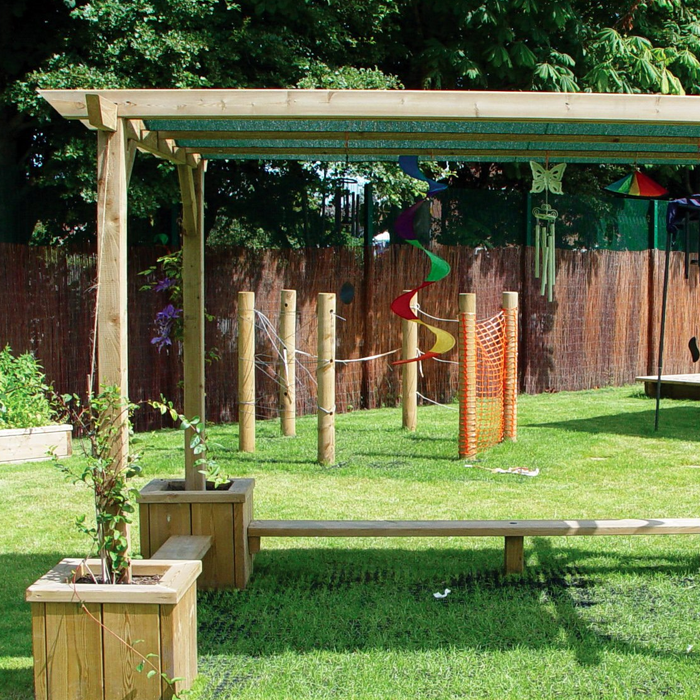
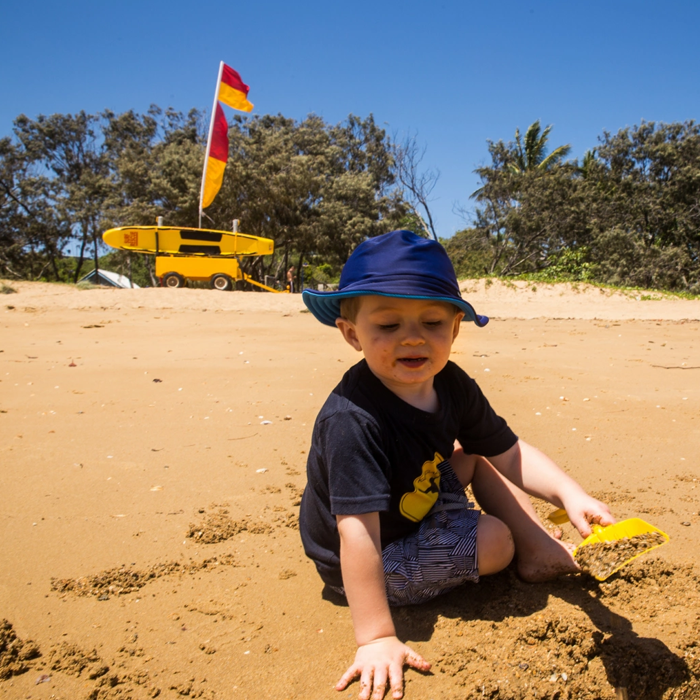
Beach or Water Exploration Zone
For kindergartens near water or with access to sand and pumps, a beach school setup introduces water play, marine biology, and environmental awareness. Add a water play area with basins, flowing pumps, and funnels to allow children to experiment with cause and effect, buoyancy, and volume.
Farm-Based Learning Area
In rural or suburban settings, a farm-based classroom includes planting beds, compost bins, and animal pens (if safe and feasible). This zone teaches responsibility, life cycles, and basic ecology. Even small spaces can include raised garden beds or herb spirals to mimic this experience.
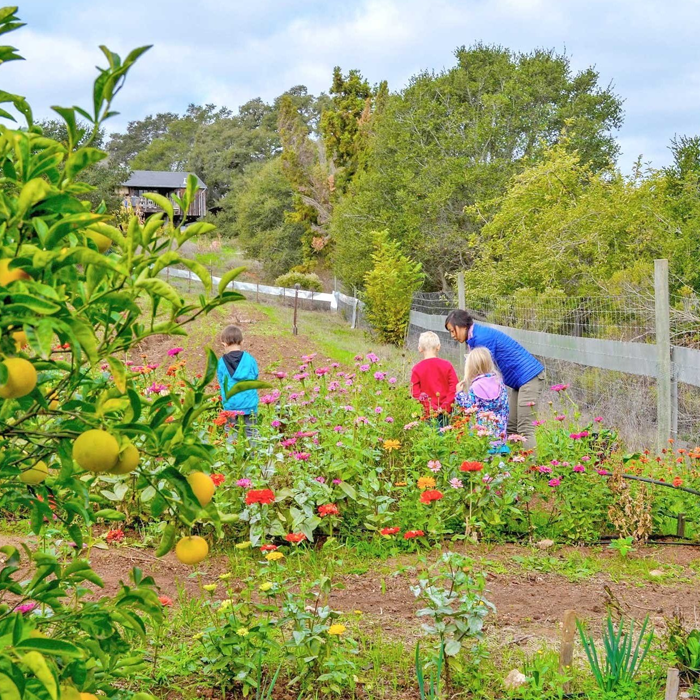
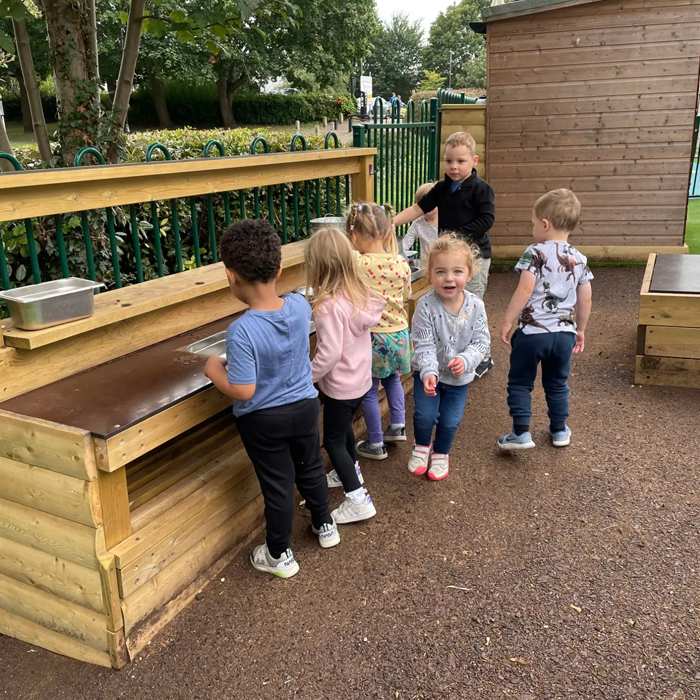
ครัวโคลน
An essential component of the preschool outdoor classroom, the mud kitchen supports sensory exploration, pretend play, and early STEM learning. Equip it with old pots, spoons, ladles, and metal trays. Children “cook” using soil, leaves, and water—no electricity required, just imagination.
Sandpit and Dig Zone
A sandpit is more than a play area—it’s a fine motor development zone. Add buckets, sifters, rakes, and molds. Children dig, pour, and build, learning fundamental physics and developing hand strength in the process. This zone works well when paired with a loose parts area.
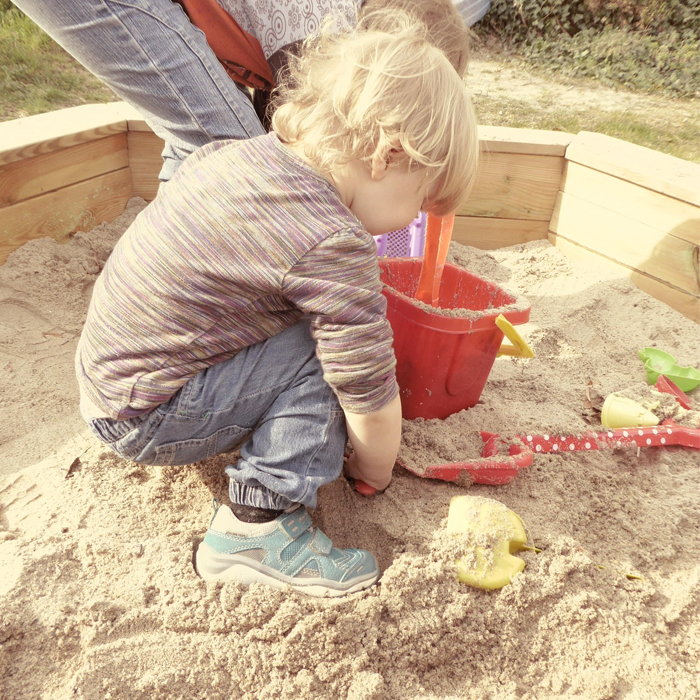

Sensory Garden
Design a garden using plants of varied textures, colors, and smells: lavender, mint, lamb’s ear, ornamental grasses, and sunflowers. Add wind chimes, stepping stones, and a sitting area. This immersive space calms the nervous system and encourages mindfulness, critical in inclusive and neurodiverse classrooms.
Music Garden
Set up an interactive sound space with xylophones made from pipes, hanging pots, wooden drums, or wind chimes. Children experiment with rhythm, tone, and coordination. This zone supports auditory learning styles and introduces basic music concepts in a non-traditional format.
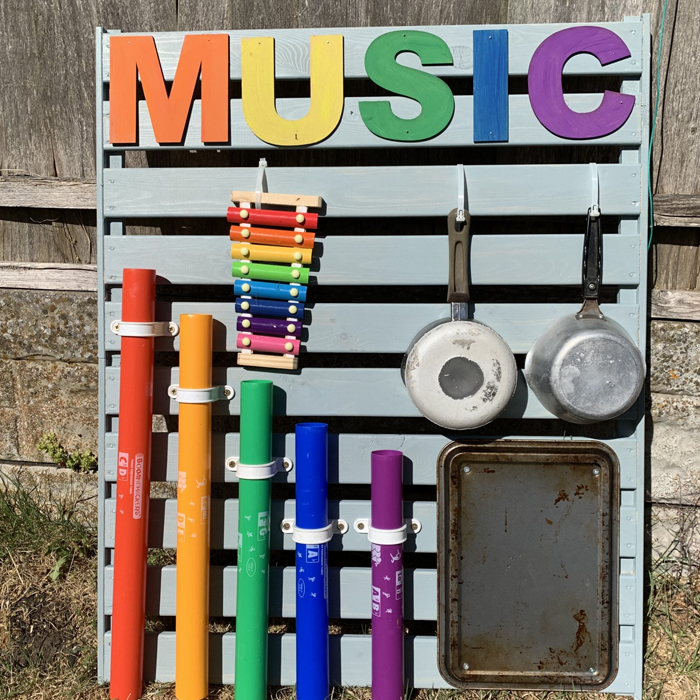
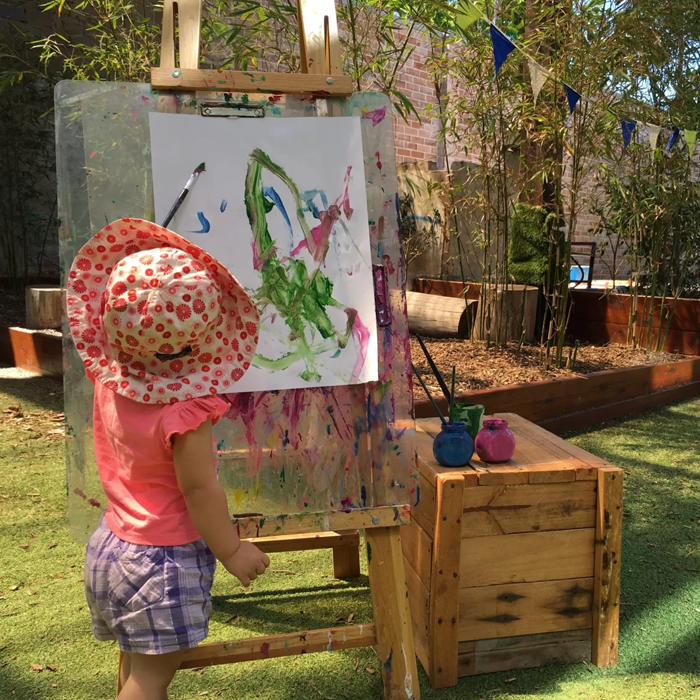
Outdoor Art Area
Place easels, chalkboards, or hanging canvases under shelter. Use outdoor classroom tables made of waterproof materials to support painting, drawing, and clay work. Stock reusable items like natural brushes (sticks with sponge ends), seed pods, or leaves for collage work.
Loose Parts Play Area
Provide a mix of natural and found materials—sticks, rope, fabric, wheels, crates, pipes. These items encourage open-ended design and construction play. Children build everything from towers to obstacle courses using pure creativity, aligning with both Reggio and Montessori principles.
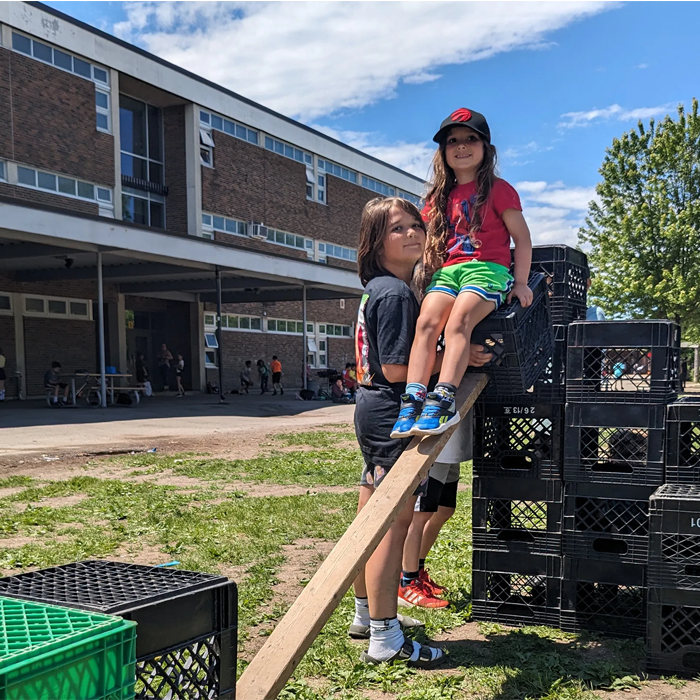
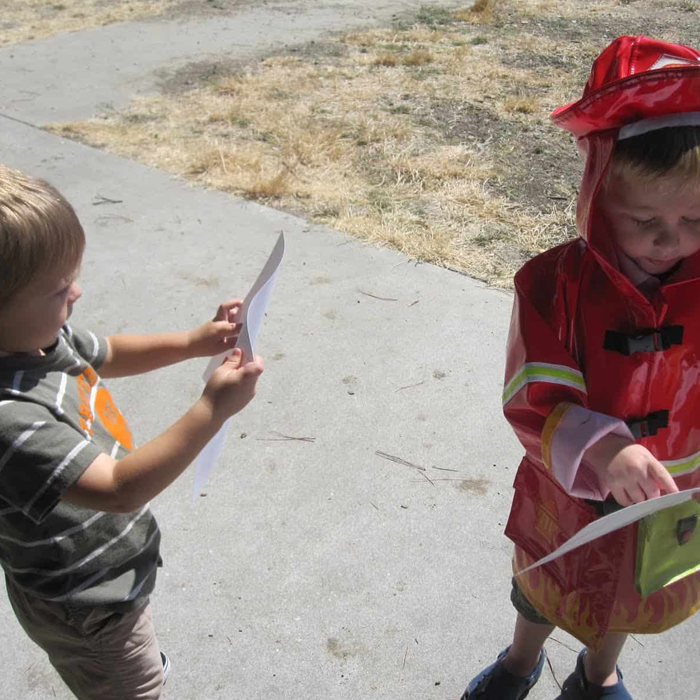
Nature Scavenger Hunt Trail
Create a path or trail with hidden clues, markers, and rotating themes: “Find three things that are rough,” or “Can you spot a plant that smells sweet?” This activity supports observation skills, vocabulary development, and group problem-solving.
Obstacle Course
Use tires, balance beams, stepping stones, and tunnels to build a mini obstacle course. This promotes gross motor development, balance, and coordination, especially valuable in active learners and kinesthetic-driven children.
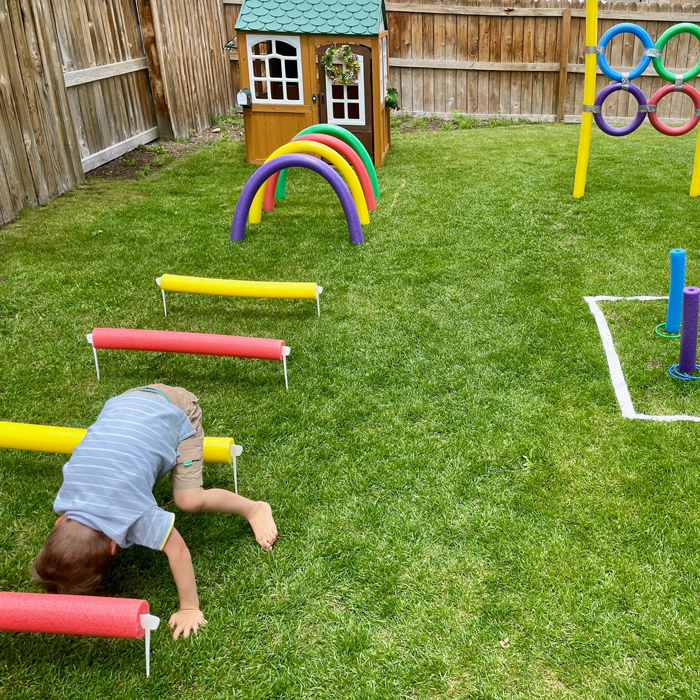
Research Shows
A comprehensive study by Gerald Lieberman and Linda Hoody involving 40 schools across 22 U.S. states found that students learn more effectively in an outdoor, environment-based context than in traditional indoor settings.
Key findings include:
- Improved academic performance across subjects
- Better understanding of diverse perspectives and real-world systems
- Enhanced critical thinking and problem-solving skills
- Fewer discipline issues
- Greater application of systems thinking
(Lieberman & Hoody, 1998, Closing the Achievement Gap: Using the Environment as an Integrating Context for Learning)

